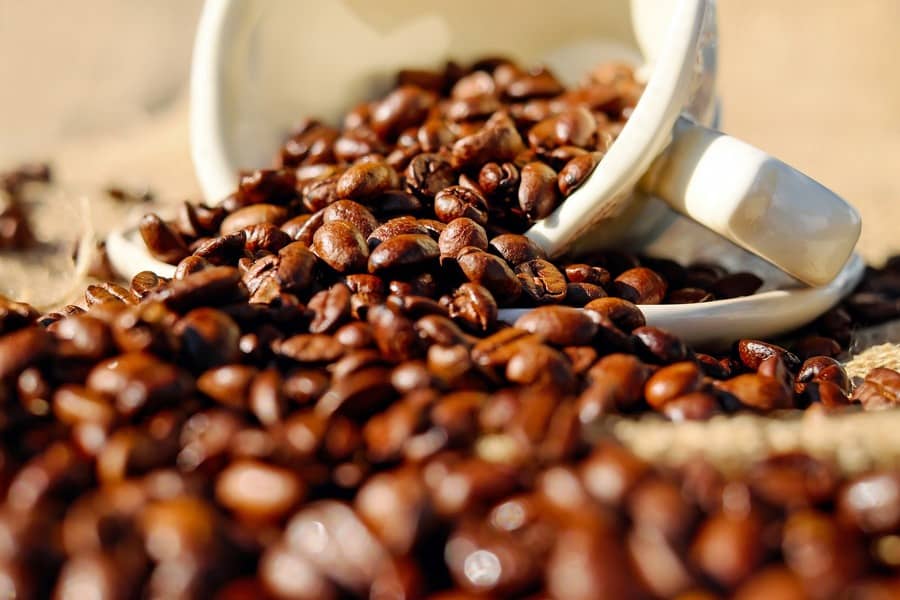The rise in prices ended up unlocking sales and giving greater impetus to business in the Brazilian physical market last month. The sales dynamics were not fluid, but there was greater movement, especially with arabica coffee, as some of its descriptions exceeded the level of BRL 1,000 per bag, stimulating the interest of growers. Highlight on coffee negotiations in the south of Minas Gerais and Matas de Minas. In Cerrado, the pace of sales remains slow, with growers more resistant to selling.
The increase in price volatility has hindered sales and helped to take away liquidity from business. Growers, who are naturally more resistant to selling during this period of the year, for tax reasons, found an additional reason to remain on the defensive, which is the bullish instability of prices. The market has sharply fluctuated, but that happens within a range that is attractive to sellers, which justifies postponing the sale decision until next year. Doubts about production, due to climate fears, also serve as justification for this stance. On the other side, trading companies and domestic industries also slowed down trading. Most of the local industry is only expected to return to purchases in the second half of January. Trading companies, on the other hand, feel a lower interest in external demand, trying to avoid making decisions amid the speculations about the climate in Brazil.
The SAFRAS survey showed a commitment on the part of growers of 71% of Brazil’s 2023 crop until December 12. This percentage involves sales in the physicals, as well as lock-ins in advance (barter and price appraisal operations with trading companies). In general terms, sales increased by 7% last month. The good progress in sales left the flow in line with the same period last year, remaining slightly below the 5-year average (72%).
Highlight on the sales of arabica coffee, which account for 68% of production. As a result, they surpass the same period last year, when they accounted for around 67% of production. However, that is still below the 5-year average (70%). The rise in prices and the large crop reaped this year were a little more encouraging to growers. They remain cautious, taking advantage of rebounds but without haste.
In the case of conillon, growers have changed their behavior and reduced the pace of sales. The delay in the harvest in Vietnam, together with the downward revision in its production, ended up attracting more external interest in Brazilian conillon. The FOB Vitória differential has increased, and the domestic industry had to react, improving its price idea. The improvement in prices, with conillon 7/8 in Colatina rising to BRL 760/765 a bag, has led growers to reduce the pace of business. Even so, conillon sales already reach 77% of the expected production, above the 5-year average of 76%.

